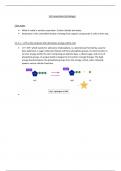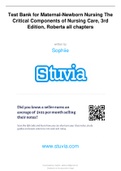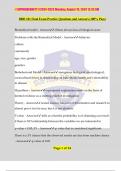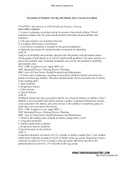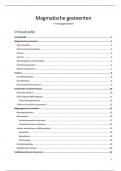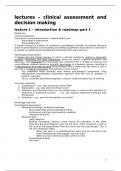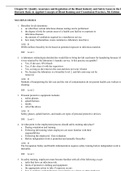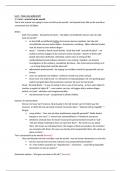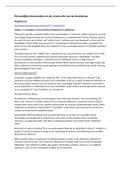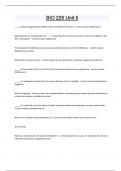Summary
Summary Cell respiration IB and A level biology (with syllabus)
- Module
- Biology
- Institution
- Cambridge University (CAM)
This document contains in depth answers to over hundreds of questions from the syllabus being the perfect study guide for exams. The 27 page documents contains information, diagrams, sketches etc. about the cell respiration process, including the krebs cycle, calvin cycle, electron transport chain,...
[Show more]
